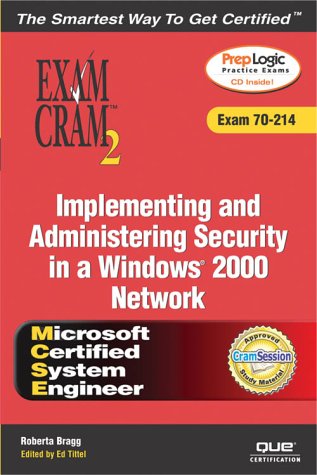- 2 402 202 книги
- Поиск
libcats.org








SpamAssassin
Alan Schwartz PH.D.The annoyance factor for individual users whose email is crammed with pitches for pornography, absurd moneymaking schemes, and dubious health products is fierce. But for organizations, the cost of spam in lost productivity and burned bandwidth is astronomical. While society is grappling with a solution to the burgeoning crisis of spam proliferation, the pressure is on system administrators to find a solution to this massive problem in-house. And fast. Sys admins can field scores of complaints and spend months testing software suites that turn out to be too aggressive, too passive, or too complicated to setup only to discover that SpamAssassin (SA), the leading open source spam-fighting tool, is free, flexible, powerful, highly-regarded, and remarkably effective. The drawback? SpamAssassin's lack of published documentation. SpamAssassin by Alan Schwartz, is the only published resource devoted to SpamAssassin and how to integrate it effectively into your networks. This clear, concise guide clarifies the installation, configuration, and use of the SpamAssassin spam-checking system (versions 2.63 and 3.0) for Unix system administrators using the Postfix, Sendmail, Exim, or qmail mail servers, helping administrators make the right integration decision for their particular environments. It covers concrete advice on how to: * Customize SpamAssassin's rules, and even create new ones Train SpamAssassin's Bayesian classifier, a statistical engine for detecting spam, to optimize it for the sort of email that you typically receive * Block specific addresses, hosts, and domains using third-party blacklists like the one maintained by Spamcop.net. * Whitelist known good sources of email, so that messages from clients, coworkers, and friends aren't inadvertently lost. * Configure SpamAssassin to work with newer spam-filtering methods such as Hashcash (www.hashcash.org) and Sender Policy Framework (SPF).
Скачать книгу бесплатно (chm, 587 Kb)
EPUB | FB2 | PDF | MOBI | TXT | RTF
* Конвертация файла может нарушить форматирование оригинала. По-возможности скачивайте файл в оригинальном формате.
Популярные книги за неделю:

Проектирование и строительство. Дом, квартира, сад
Автор: Петер Нойферт, Автор: Людвиг Нефф
Размер книги: 20.83 Mb

Система упражнений по развитию способностей человека (Практическое пособие)
Автор: Петров Аркадий НаумовичКатегория: Путь к себе
Размер книги: 818 Kb

Сотворение мира (3-х томник)
Автор: Петров Аркадий НаумовичКатегория: Путь к себе
Размер книги: 817 Kb

Радиолюбительские схемы на ИС типа 555
Автор: Трейстер Р.Категория: Электротехника и связь
Размер книги: 13.64 Mb
Только что пользователи скачали эти книги:

MCSA/MCSE Implementing and Administering Security in a Windows 2000 Network Exam Cram 2 (Exam Cram 70-214)
Автор: Roberta Bragg, Автор: Ed Tittel
Размер книги: 1.46 Mb

Задумывались ли Вы когда-нибудь над вопросом "Откуда берутся деньги?"
Автор: Аверин ИгорьКатегория: Научная литература
Размер книги: 1.61 Mb

Ἅρειος Ποτὴρ καὶ ἡ τοῦ φιλοσόφου λίθος - Harry Potter and the Philosopher's Stone (Ancient Greek Edition)
Автор: J. K. Rowling, Автор: Andrew Wilson
Размер книги: 5.73 Mb

Лечение глазных болезней. Божья аптека
Автор: Киянова И.В.Категория: КНИГИ ЗДОРОВЬЕ
Размер книги: 1.10 Mb






